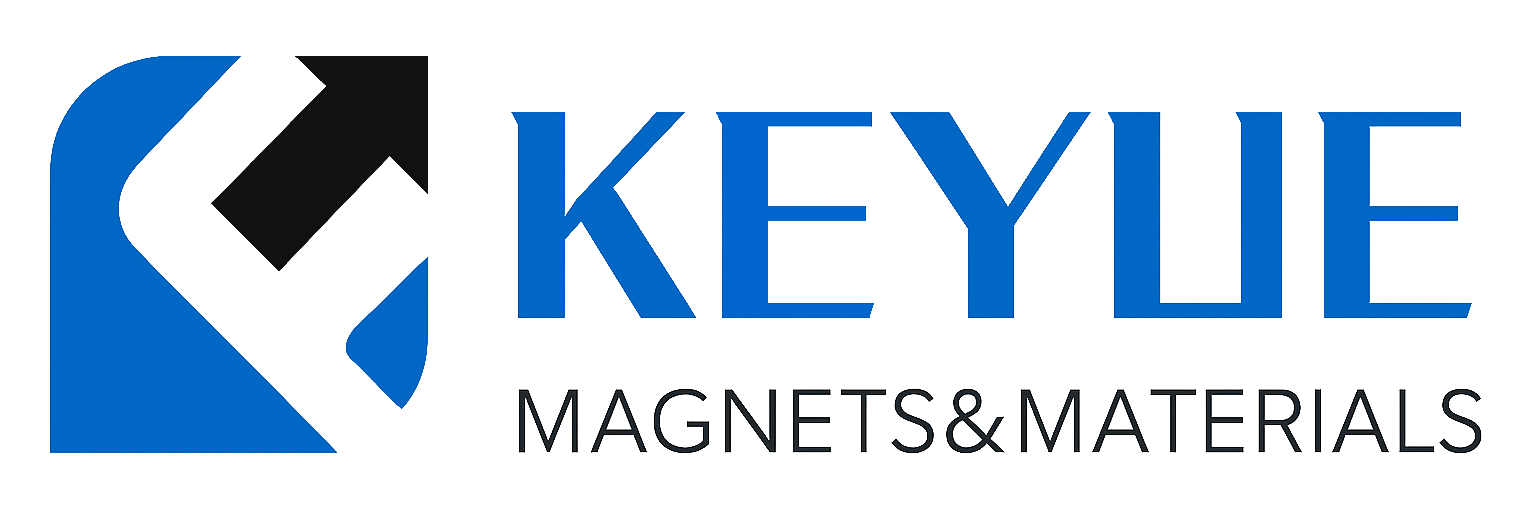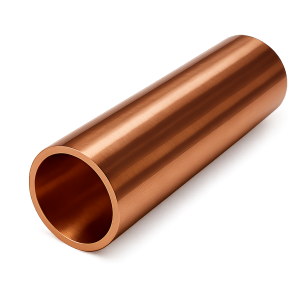描述
锌管(Zn Tube)
产品简介
锌管(Zn Tube)是一种以高纯锌为原料制成的金属管材,具有优异的耐腐蚀性能、导电性与可焊接性。锌是一种常用于电化学和防护应用的金属,能够在空气或潮湿环境中形成稳定的氧化膜,有效防止金属基材的进一步腐蚀。高纯锌管广泛用于电镀、化学实验、电化学反应及真空防护系统,是科研与工业制造中的重要材料。
产品详情
苏州科跃材料科技有限公司提供的锌管采用高纯锌锭(纯度≥99.99%)通过真空熔炼、挤压与精密拉拔工艺制备而成。产品管壁均匀、内外表面光滑、无夹杂物与气孔。
典型规格如下:
-
纯度等级:99.9%、99.99%、99.999%
-
外径范围:6 – 80 mm
-
壁厚范围:0.5 – 5 mm
-
长度:≤1000 mm(可定制)
-
制造工艺:真空熔炼 + 冷拉 + 抛光 + 真空包装
高纯锌管机械性能稳定,易于加工与焊接,可根据客户需求提供圆管、毛细管及特种管结构。
应用领域
锌管在多个领域中具有广泛应用:
-
电化学与电镀工业:用于电极、牺牲阳极与电解装置。
-
防腐蚀系统:用于阴极保护管路及结构防护。
-
科研实验:在化学反应与材料研究中作为高纯金属导管或样品容器。
-
真空与电子设备:用于真空系统的气体传输及蒸发源组件。
-
金属冶炼与合金制备:用于制备黄铜、锌合金及镀层材料。
技术参数
| 参数 | 典型值 / 范围 | 说明 |
|---|---|---|
| 纯度 | 99.9% – 99.999% | 纯度越高,电化学性能越稳定 |
| 密度 | 7.14 g/cm³ | 结构均匀、导电性能良好 |
| 熔点 | 419.5 °C | 低熔点,易加工成型 |
| 电导率 | 16.6 × 10⁶ S/m | 良好的导电性能 |
| 抗拉强度 | 110 – 150 MPa | 兼具韧性与延展性 |
| 工艺 | 真空熔炼 + 冷加工 + 抛光 | 提高纯度与表面光洁度 |
常见问题(FAQ)
| 问题 | 答案 |
|---|---|
| 锌管是否易氧化? | 锌在空气中会形成一层致密氧化膜,可有效防止进一步氧化。 |
| 可否用于电极? | 可以,高纯锌常用作电化学电极或牺牲阳极。 |
| 是否可用于真空环境? | 可以,真空熔炼与抛光处理后的锌管适用于真空系统。 |
| 能否加工毛细管? | 可定制最小内径0.5 mm的高纯毛细管。 |
| 是否提供超高纯度(5N)版本? | 可提供99.999%高纯锌,适用于科研用途。 |
| 锌管是否具磁性? | 无磁性,适合磁场敏感实验。 |
| 可否与其他金属焊接? | 可与铜、铝等通过钎焊或电弧焊结合。 |
| 可否提供表面处理? | 可进行机械抛光、酸洗或镀镍保护层。 |
| 是否附带检测报告? | 所有产品附带纯度分析与尺寸检测报告。 |
| 可否小批量订购? | 支持科研用样品及定制小批量生产。 |
包装与交付
每根锌管在出厂前均经纯度与表面检测。产品采用真空密封包装,内衬防氧化膜,并配防震泡沫与防潮木箱。提供RoHS、REACH及材料成分证明文件。
结论
锌管(Zn Tube)凭借其优异的防腐蚀性能、良好导电性与加工性,被广泛用于防护、电化学及真空系统中。
如需了解更多技术参数或获取报价,请联系:sales@keyuematerials.com

.png)
-300x300.png)

-300x300.png)
评价
目前还没有评价